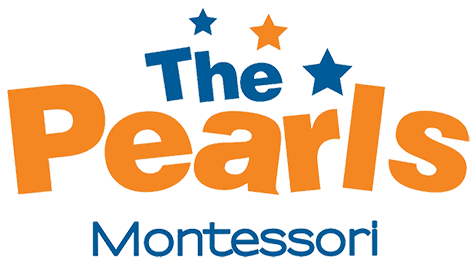Learning



Learning
A child, during the stay at Pearls “learns the art of learning”. The child is given the independence to think and do, shows enthusiasm to learn from his or her tasks and celebrates the results. A perception toward learning is developed and the child focuses on conceptualizing and understanding everything. Be it arithmetic, language, social sciences, or behavior, the child understands the true sense.
The environment (classroom) in the school is open. It is full of materials and activities associated with them. Each and every material placed in the environment is scientifically designed. Children have an inbuilt curiosity to explore and learn. They are given the freedom to pick the tasks of their choice and work with them.
Montessori adults (teachers) who are present in the environment work along with the children, guiding them. They observe the tasks performed by the children, correct them if necessary and graduate them through the course.
Children are encouraged to be creative. They try multiple ways of working with materials. They learn not just what is normally taught, but explore different ways of achieving a task. Each day they arrive at new learning experiences, even when doing the same activity.
This methodology of learning enables the child to easily and comfortably learn the concepts, as against byhearting or memorizing, which is most prevalent in various pre-schools and kindergartens around.
Children perform the following activities
Meals Provided
Lorem ipsum dolor sit amet, consectetur adipiscing elit. Utelit tellus, luctus nec ullam.
Transportation
Lorem ipsum dolor sit amet, consectetur adipiscing elit. Utelit tellus, luctus nec ullam.
Full Day Session
Lorem ipsum dolor sit amet, consectetur adipiscing elit. Utelit tellus, luctus nec ullam.
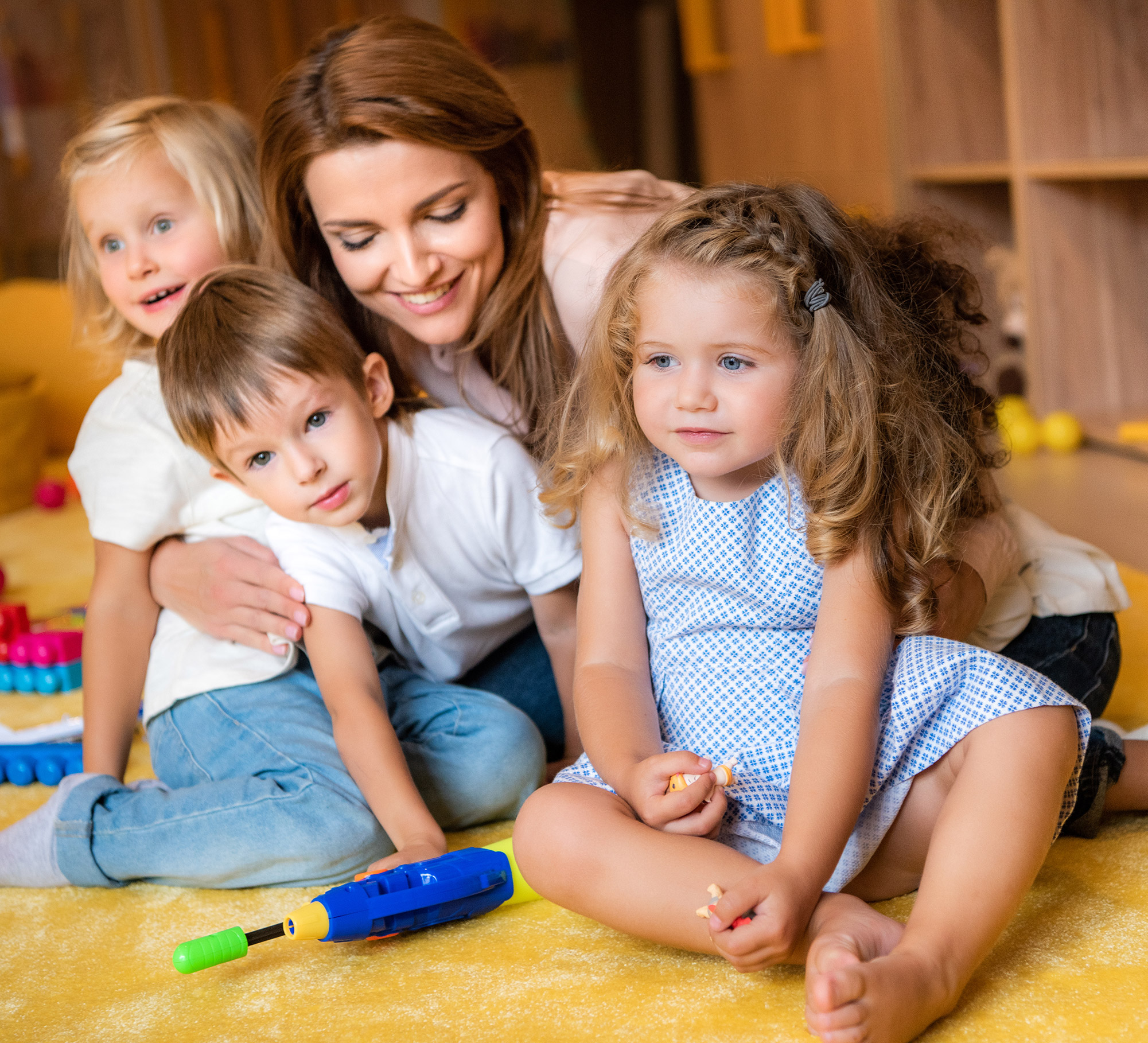

Language Lesson
Lorem ipsum dolor sit amet, consectetur adipiscing elit. Utelit tellus, luctus nec ullam.
Qualified Teacher
Lorem ipsum dolor sit amet, consectetur adipiscing elit. Utelit tellus, luctus nec ullam.
Special Education
Lorem ipsum dolor sit amet, consectetur adipiscing elit. Utelit tellus, luctus nec ullam.
Children perform the following activities
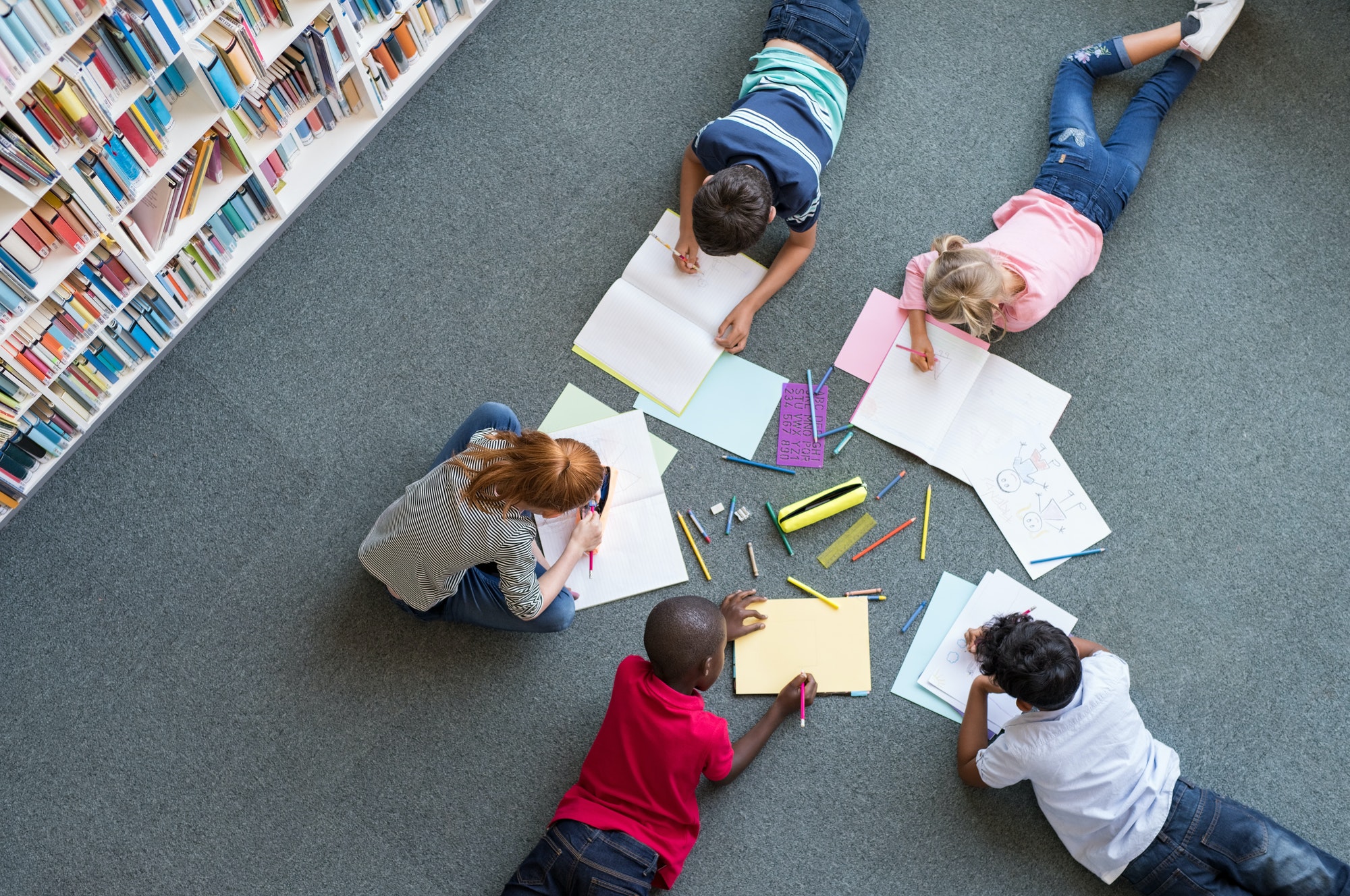
1. Practical Life
This involves basic activities, and how to do them perfectly. This activity helps the child to control his movements. It involves simple tasks like folding, unfolding and carrying mats, carrying tables and chairs, washing hands, dusting and cleaning a table, cleaning up the workspace, etc.
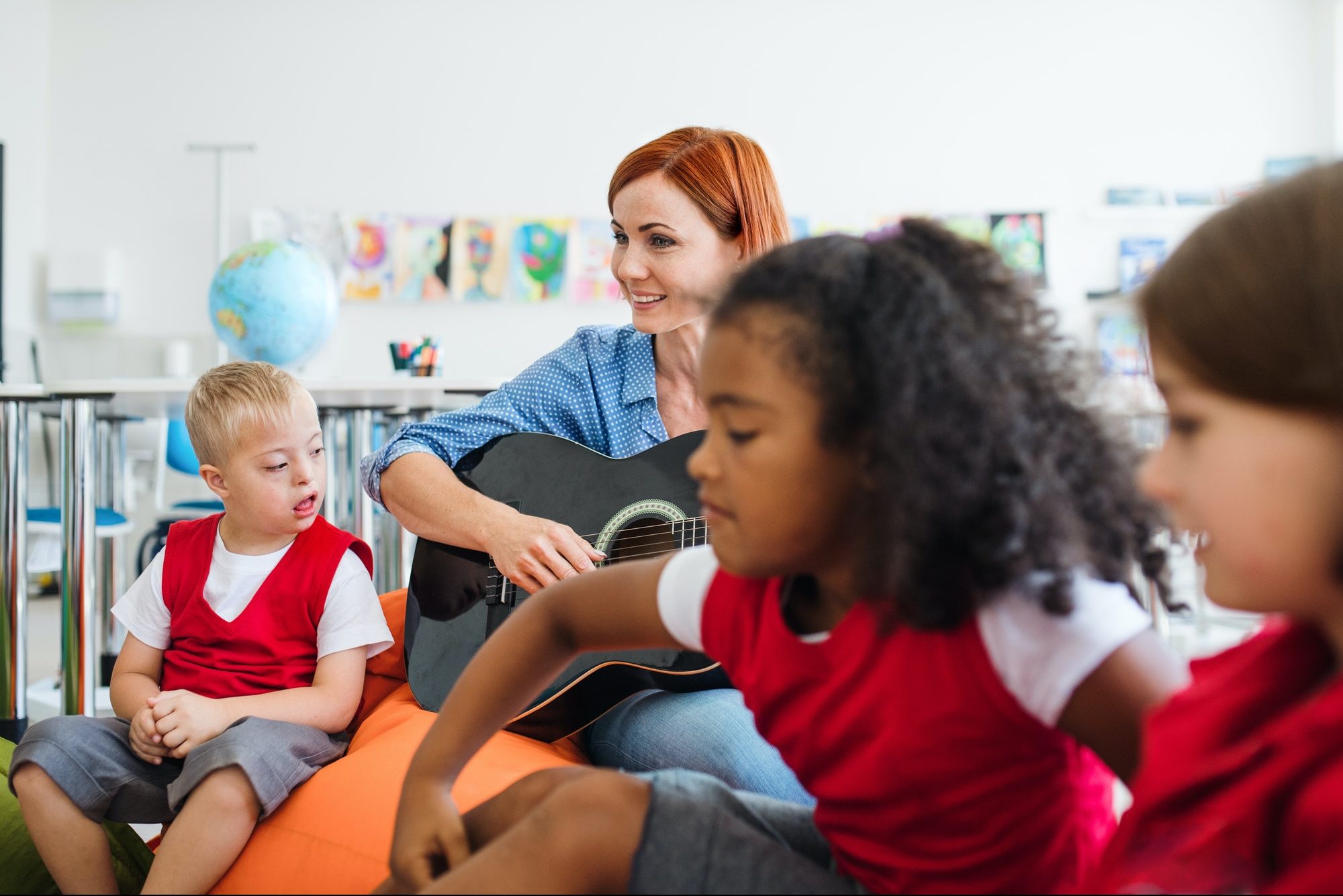
2. Sensorial
Every quality that can be perceived by the senses – size, shape, composition, texture,
visual, auditory, weight, temperature, etc. The purpose of sensorial work is to get conscious information and classify the environment. This enables the child to organize his intelligence and adapt to the environment.
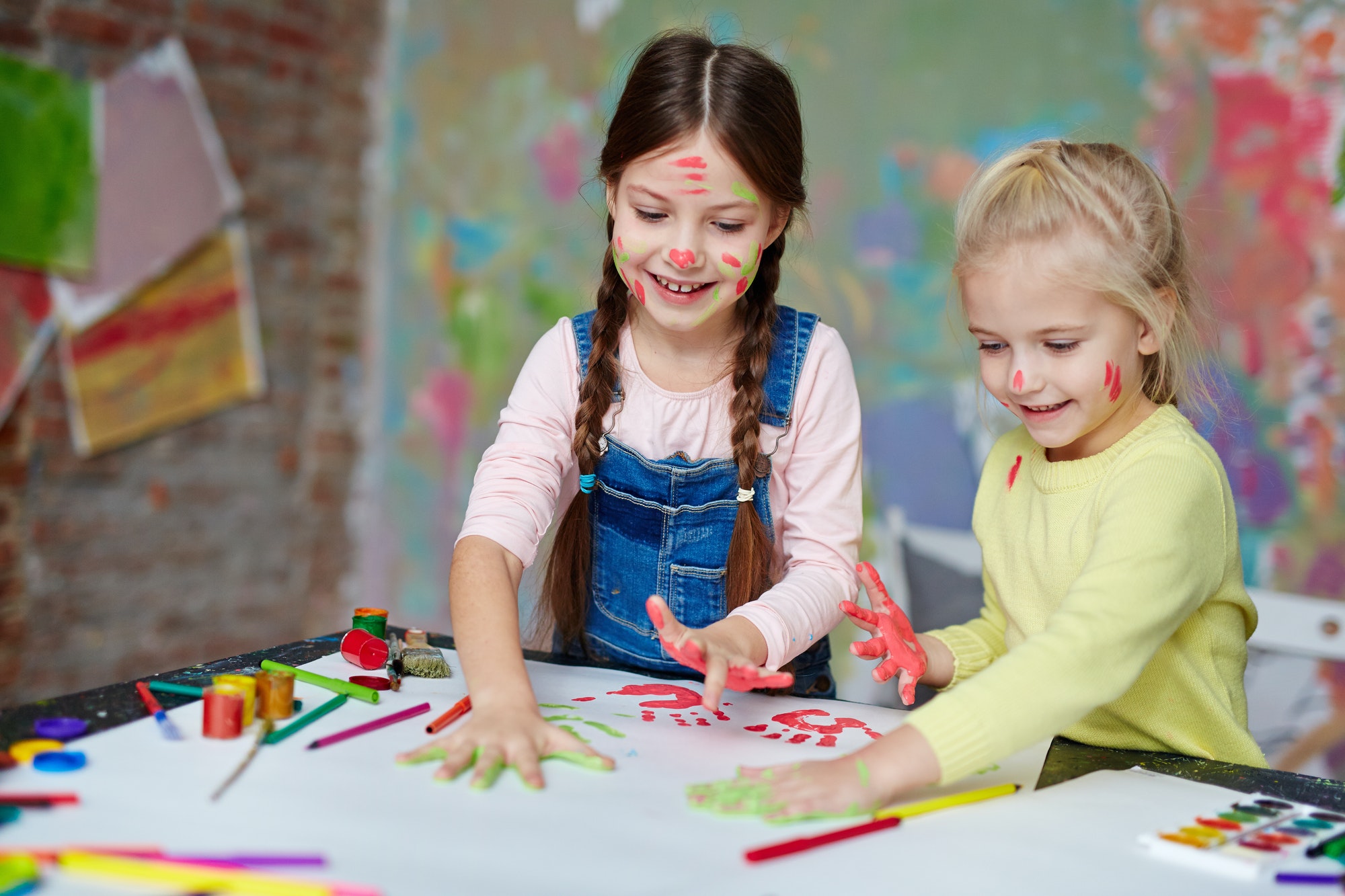
3. Language
In the urban areas of India, a child is exposed to multiple languages. It starts with the mother tongue at home, the local language and English. When a child enters our environment, he gets the knowledge of the language spoken at home. Inhere, we start with English sounds and slowly graduate the child to the pronunciation of words. Once the child registers these sounds in the brain, he is introduced to moving alphabet arrangement, followed by writing on sandpaper and eventually writing in the book. Children learn English, Hindi and Kannada or any local language relevant to their state.

4. Mathematics
Usage of the numbers starts from a very early age, like age, number of chocolates, class studying, etc. Teaching the child numbers from 1 to 100 is just like teaching them symbols. But if the child right from the start can identify the value associated with each number, the teachings will be forever. We have materials with precision, which enable conceptual understanding. The child by the end of the course will be able to do addition, subtraction, multiplication and division. Apart from this, he will be able to identify geometrical shapes. Specific activities even focus on fractions if the child shows interest.

5. Cultural Work
The child needs to get exposure to the world. One way he does this is through
interactions with his family, friends, relatives, etc. In the Montessori environment, specific activities introduce the child to the fields of art, geography, history, and science.
